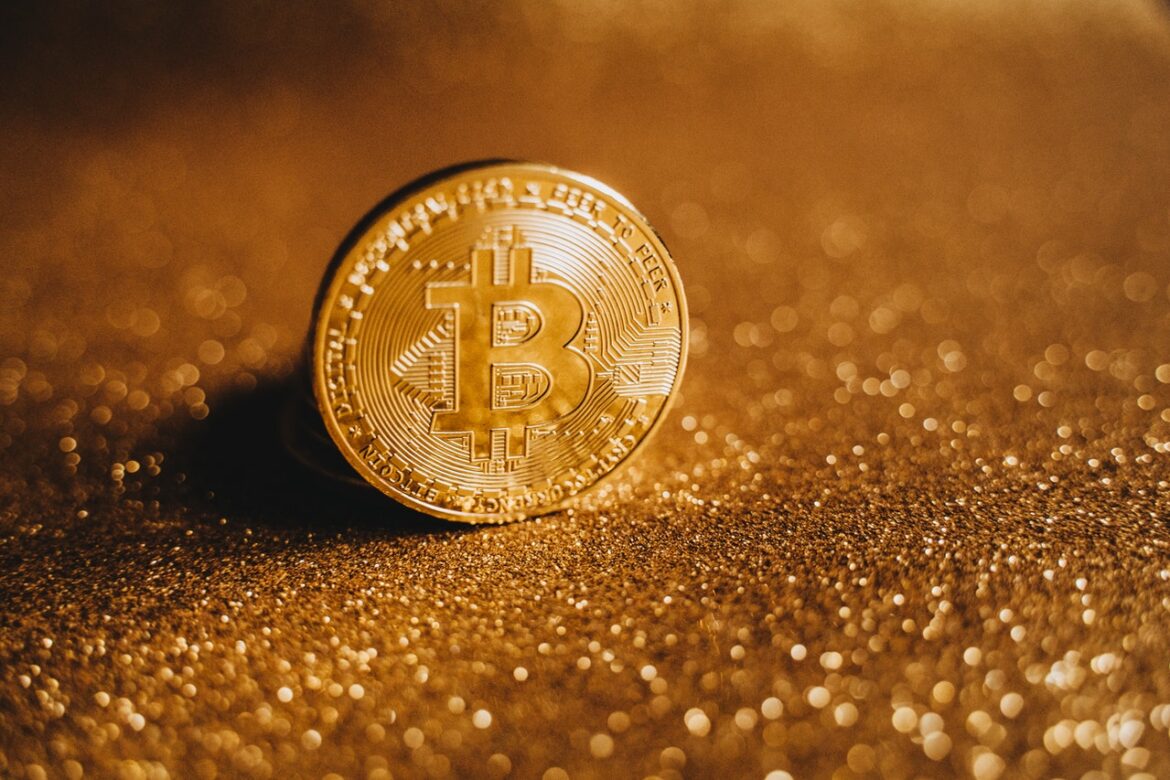All about cryptocurrency trading
Bankrate is always editorially independent. While we adhere to strict editorial integrity , this post may contain references to products from our partners. Here’s an explanation for how we make money 1000 free spins no deposit. Our Bankrate promise is to ensure everything we publish is objective, accurate and trustworthy.
The first and most well-known cryptocurrency, Bitcoin was created in 2009 by an anonymous figure known as Satoshi Nakamoto. Often referred to as “digital gold,” Bitcoin operates on a Proof of Work (PoW) consensus mechanism and has a limited supply of 21 million coins, which helps to protect against inflation. It’s primarily used as a store of value and for peer-to-peer transactions .
Developers frequently create memecoins as lighthearted social experiments, and investors view them as a humorous alternative to the seriousness of standard crypto, giving them minimal usefulness when compared to other cryptocurrencies.
Many “tokens,” cryptocurrencies issued by companies to fund or pre-fund a business project, do fall under the SEC’s definition of “security” and thus face much tighter regulation. It’s wise to keep an eye on how regulatory issues are evolving in this space, as changes to existing rules can have a substantial impact on investments.

All about cryptocurrency
Non-fungible tokens (NFTs) are digital assets that represent art, collectibles, gaming, etc. Like crypto, their data is stored on the blockchain. NFTs are bought and traded using cryptocurrency. The Ethereum blockchain was the first place where NFTs were implemented, but now many other blockchains have created their own versions of NFTs.
New to the financial technology (FinTech) scene? You can master the basics in just 8 hours with the University of Michigan’s beginner-friendly introductory course, Blockchain and Cryptocurrency Explained.
If you don’t have the resources to compete with the heavy hitters, one option is joining a mining pool, where users share rewards. This reduces the size of the reward you’d get for a successful block, but increases the chance that you could at least get some return on your investment.

Non-fungible tokens (NFTs) are digital assets that represent art, collectibles, gaming, etc. Like crypto, their data is stored on the blockchain. NFTs are bought and traded using cryptocurrency. The Ethereum blockchain was the first place where NFTs were implemented, but now many other blockchains have created their own versions of NFTs.
New to the financial technology (FinTech) scene? You can master the basics in just 8 hours with the University of Michigan’s beginner-friendly introductory course, Blockchain and Cryptocurrency Explained.
All about cryptocurrency trading
Cryptocurrency markets move according to supply and demand. However, as they are decentralised, they tend to remain free from many of the economic and political concerns that affect traditional currencies. While there is still a lot of uncertainty surrounding cryptocurrencies, the below factors can have a significant impact on their prices:
Crypto can, however, be stolen if someone obtains your crypto wallet password or account information known as your public and private key. Storing crypto in your cold wallet or transferring to fiat currency can minimize risk.
Because CFDs are leveraged, you can open a position by outlaying an initial amount that’s only a fraction of your total exposure to the market. This, however, also amplifies your risk as losses can accrue rapidly – especially in markets as volatile and unpredictable as cryptocurrencies.
To trade cryptocurrency, you first need to obtain cryptocurrency. The platform you use will depend on the type of crypto you want to trade. Once you find an exchange that handles your currency, you’ll open an account, transfer funds to your crypto wallet, and make your purchase. Using whatever trading strategy you choose, you sell the cryptocurrency when the market is in your favor.